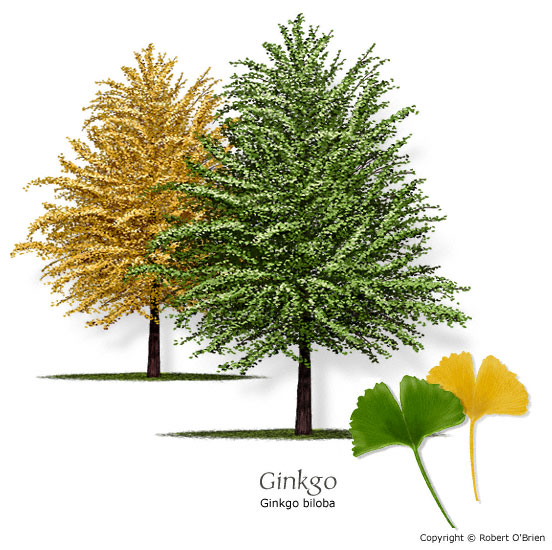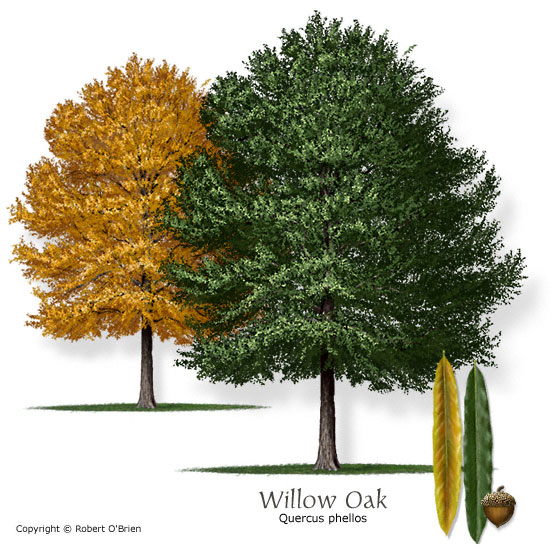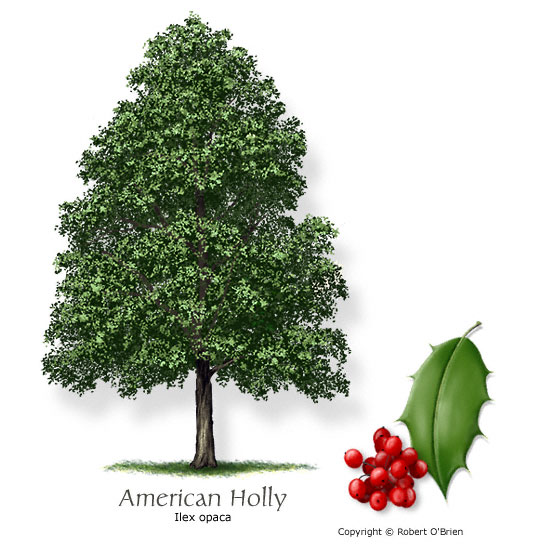Here is another post for my environmental science class. During this lab we walked around campus and identified several different kinds of foliage from bushes to shrubs to trees and ivy. Here in this blog post though, only four of the many that were seen and named will be mentioned and discussed in further detail. Before that however, I would like to mention that I was eaten by ants at the end of said lab and that little bit was not at all fun. The rest of the lab was quite informative and enjoyable though so if you are interested in plant life, enjoy this post.
One of my favorite trees that we saw during this lab was the Ginkgo biloba or Gingko tree.
This tree is supposedly the oldest known tree that still thrives and continues to grow. It is known as a living fossil because it is a very unique tree that is known to have both a male and female tree. Most all trees today have both male and female reproduction organs on a single tree so they can reproduce without help from another. The Gingko tree is different though. A male tree and a female tree must be planted near each other in order for the female to be fertilized. An interesting fact about the gingko tree... it smells. At least the females do when they drop their berries to be fertilized by the male. So if you are on the market for a very beautiful gingko tree, be sure that you purchasing a male.
Another very interesting tree that we saw on campus was the Quercus phellos or Willow Oak.
One of the main reasons I liked this tree was because as a child, I loved regular Willow trees so the fact that there was such a thing as a Willow oak intrigued me. Another thing that was interesting about this particular tree was its species in general, the oak. Oaks are so different from each other and yet they are also closely related to one another. It is just interesting that one can look like a willow tree and yet still be related to what most people think of when it comes to oaks. It is also a very sturdy tree which is a great trait for ornamental trees.
A third very interesting plant that was seen on our trek around campus was actually a very common plant that many people know, Holly or its more scientific name Ilex.
A very interesting thing about holly is that it can be found as both a hedge/shrub or as a tree if it is left alone long enough. The most commonly known holly has sharp, spined leaves but this is not the case for all hollys, which is something that I did not previously know. When the holly plant is brought up in conversation, most people (myself included) think of Christmas. Holly has been related to Christmas for quite some time and is one of the many symbols of the holiday though it is more the american holly that is thought of as compared to Spanish or small-leaved holly. The plant itself is pretty sturdy and can be related to evergreens for its year round green color.
The last plant that I will mention in this post is another pretty well known tree, the Sycamore or Plantus occidentalis.
 This particular tree was seen during the lab, but it was from afar. The interesting thing was that it was easy to spot thanks to its signature white bark, an example of which can be seen to the left. Now not all of them have white bark and half the time only parts of its bark is white but that is a pretty sure way to find one of these trees. What is known as a sycamore in America though can actually be a very different tree in different parts of the world. The one picture above, as well as this ones particular scientific name is the American Sycamore. Another notable aspect of this tree is its seeds that take the shape of sticky green buds that brown as their spines grow.
This particular tree was seen during the lab, but it was from afar. The interesting thing was that it was easy to spot thanks to its signature white bark, an example of which can be seen to the left. Now not all of them have white bark and half the time only parts of its bark is white but that is a pretty sure way to find one of these trees. What is known as a sycamore in America though can actually be a very different tree in different parts of the world. The one picture above, as well as this ones particular scientific name is the American Sycamore. Another notable aspect of this tree is its seeds that take the shape of sticky green buds that brown as their spines grow. 



No comments:
Post a Comment